Incorporating plants into office environments has become increasingly popular due to their aesthetic appeal and health benefits. However, ensuring plant safety is crucial, especially in diverse office plants settings where employees, clients, and perhaps even pets interact. The selection of non-toxic plants is essential to prevent potential health risks, such as allergic reactions or toxicity issues, ensuring a safe and healthy workplace for everyone.
Considerations for Non-Toxic Plants in Diverse Office Settings
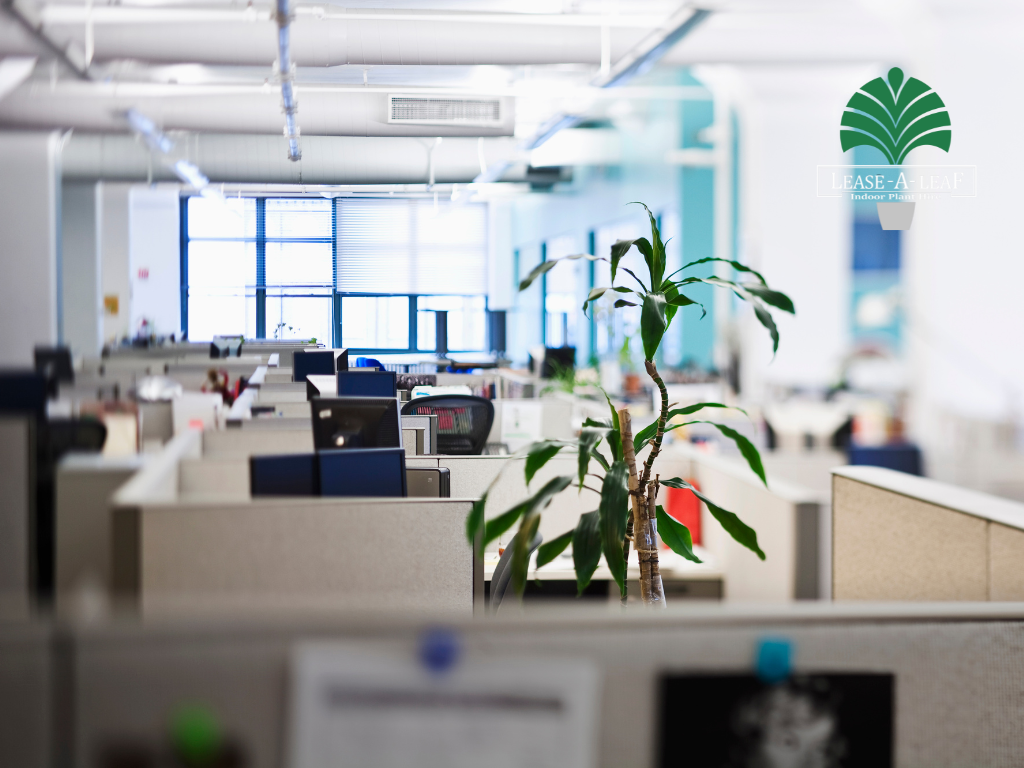
When choosing office plants, it’s important to consider the diversity of the people and animals that might be exposed to them. Non-toxic plants are a safe bet in environments where pets or children might be present. Additionally, some employees may have allergies or sensitivities, making the choice of hypoallergenic plants important for maintaining a comfortable and inclusive workspace.
Identifying Safe, Non-Toxic Plants for Offices
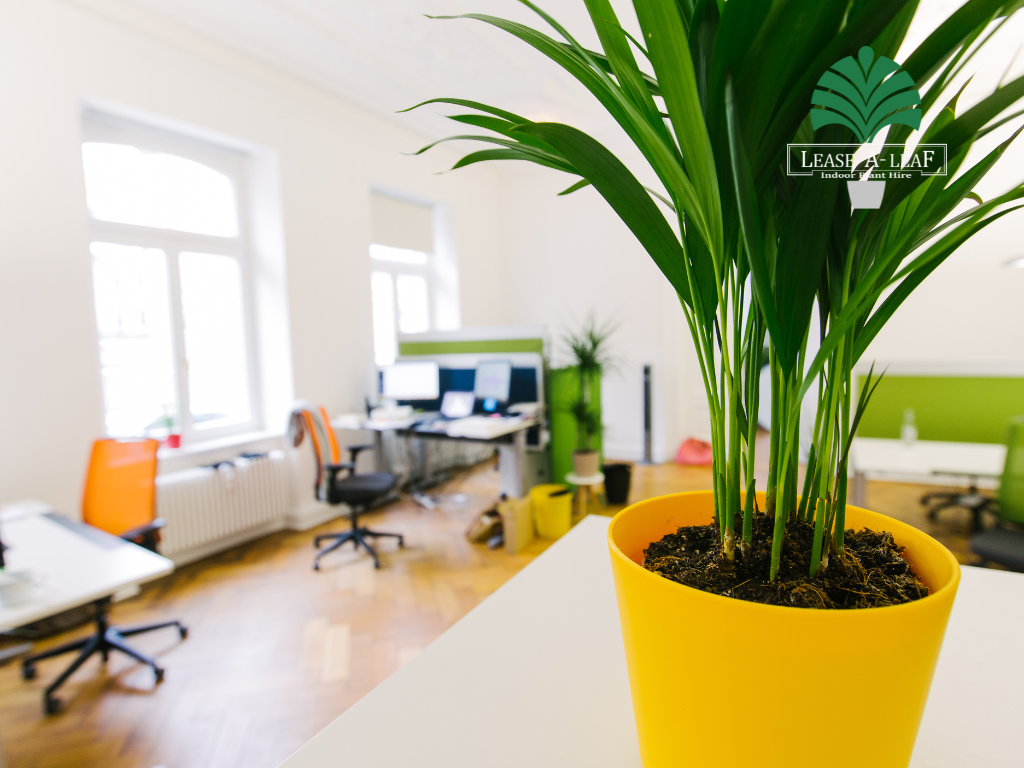
What Makes a Plant Non-Toxic?
A plant is considered non-toxic when it doesn’t pose a health risk if ingested or touched. This is particularly important in an office plants setting where people and pets may unknowingly interact with plants. Non-toxic plants should not contain harmful chemicals or irritants that can affect human or animal health.
List of Common Non-Toxic Office Plants
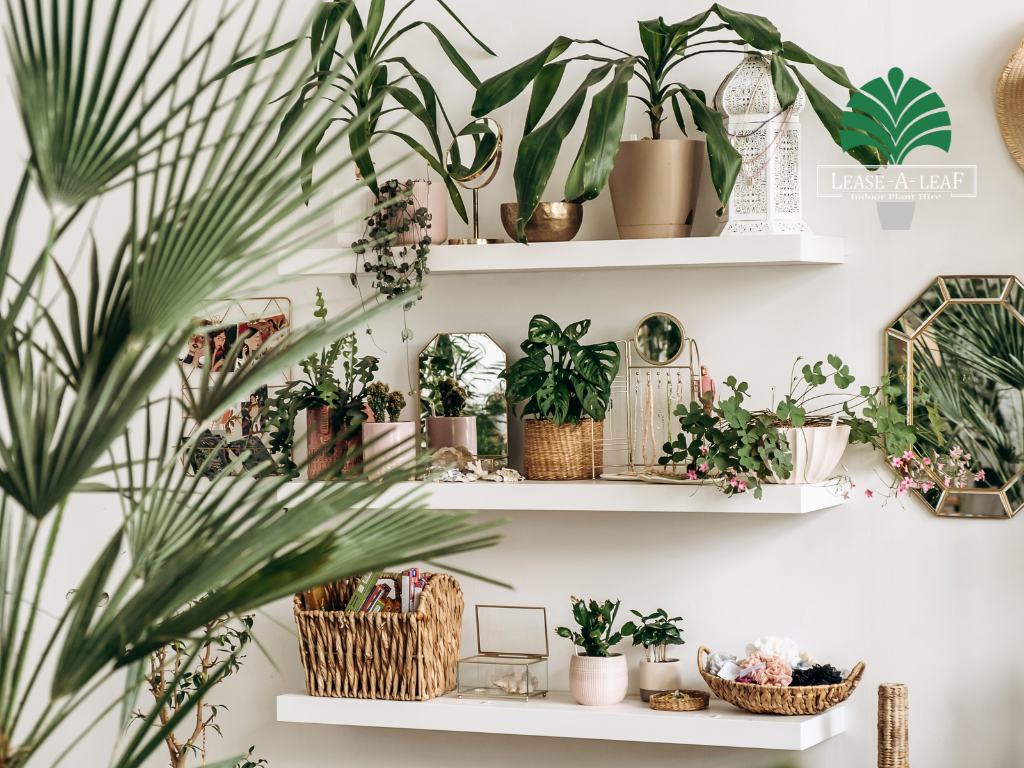
- Spider Plant (Chlorophytum comosum): Known for its air-purifying qualities and ease of care, it’s safe for humans and pets.
- Boston Fern (Nephrolepis exaltata): A popular office plant that thrives in indirect light and adds a touch of greenery without any toxic risks.
- Bamboo Palm (Chamaedorea seifrizii): Ideal for office corners, it’s effective at filtering air and is completely safe for office environments.
- African Violet (Saintpaulia): Perfect for adding a splash of color, these plants are non-toxic and thrive in bright, indirect sunlight.
Allergy Considerations in Office Plant Selection
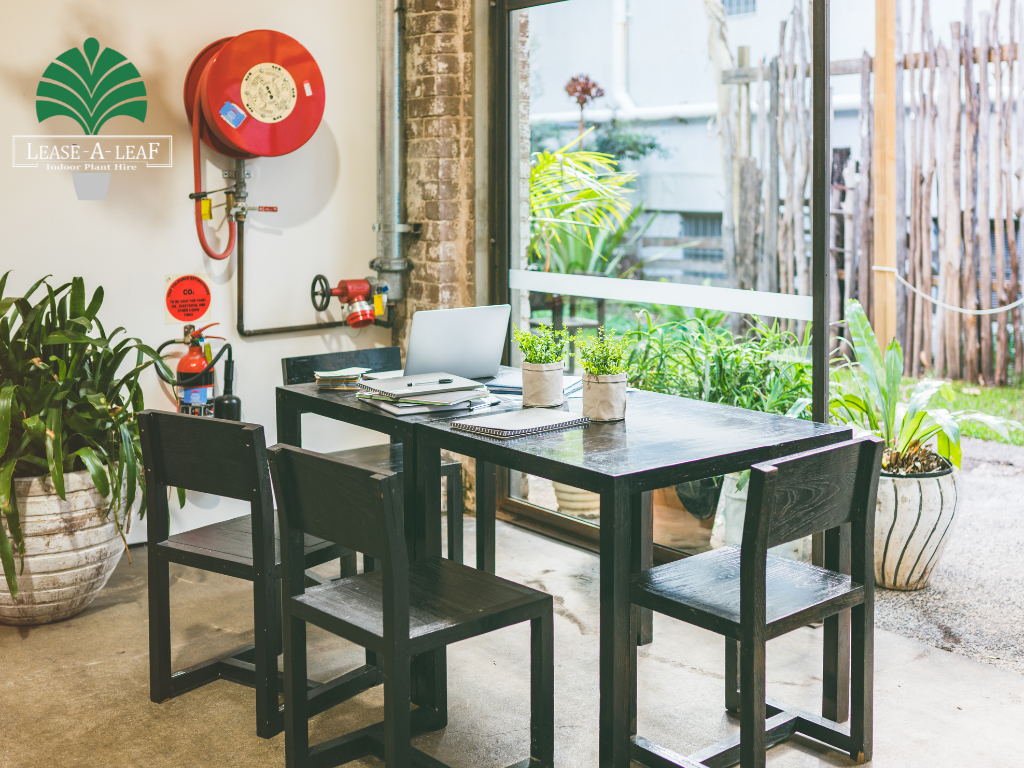
Identifying Allergen-Free Plants
Some plants can trigger allergic reactions, such as pollen allergies. Choosing plants that are less likely to produce allergens is important for a comfortable office environment. Plants like Peace Lilies and Snake Plants are known for being low-allergen options.
Best Practices to Minimize Allergic Reactions
- Regular Cleaning: Keep the leaves and surrounding areas dust-free to reduce potential allergens.
- Proper Placement: Place plants away from high-traffic areas to minimize direct contact with people who may have plant allergies.
- Awareness and Communication: Ensure all office members are aware of the new plants and encourage them to communicate any allergy concerns.
Safety Tips for Positioning and Maintaining Office Plants
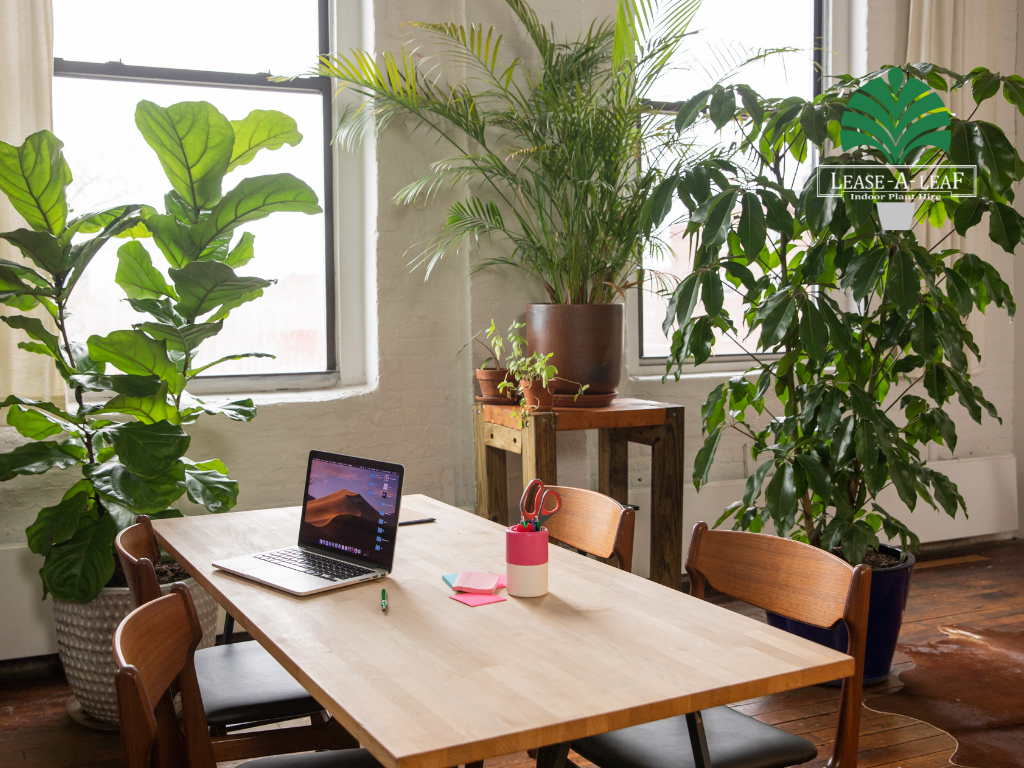
Where to Safely Place Plants in an Office
Choosing the right location for office plants is crucial for both plant health and office safety:
- Stability: Place plants in areas where they are less likely to be knocked over, away from high-traffic zones and unstable surfaces.
- Light Requirements: Position plants according to their light needs, utilizing windowsills or areas with appropriate artificial lighting for those requiring more light.
- Away from Equipment: Keep plants away from computers, printers, and other office equipment to avoid water damage and interference with functionality.
Maintaining Plants Safely in a Busy Office Environment
- Regular Watering and Care: Assign a person or a team for plant care to ensure regular watering and maintenance, preventing over or under-watering.
- Safe Fertilization Practices: Use fertilizers safely and sparingly, and store any plant care products in a secure location.
- Cleanliness: Regularly clean the plant area to avoid water spillage and soil scatter, which could lead to slip and fall hazards.
Considerations for Pet-Friendly and Child-Safe Offices

Selecting Plants for Pet-Friendly Offices
When pets are part of the office environment, it’s essential to choose plants that are safe for them:
- Pet-Safe Options: Opt for plants like Boston Ferns or Spider Plants, known for being non-toxic to pets.
- Placement: Position plants out of reach of pets, especially if they are prone to nibbling on greenery.
Choosing Child-Safe Plants for Family-Friendly Workspaces
In family-friendly offices where children might visit:
- Non-Toxic Selection: Choose plants like African Violets or Bamboo Palms, which are safe if accidentally touched or ingested by children.
- Accessible Education: Inform staff about the safety of plants and encourage them to pass this information to visiting families.
Responding to Safety Concerns with Office Plants
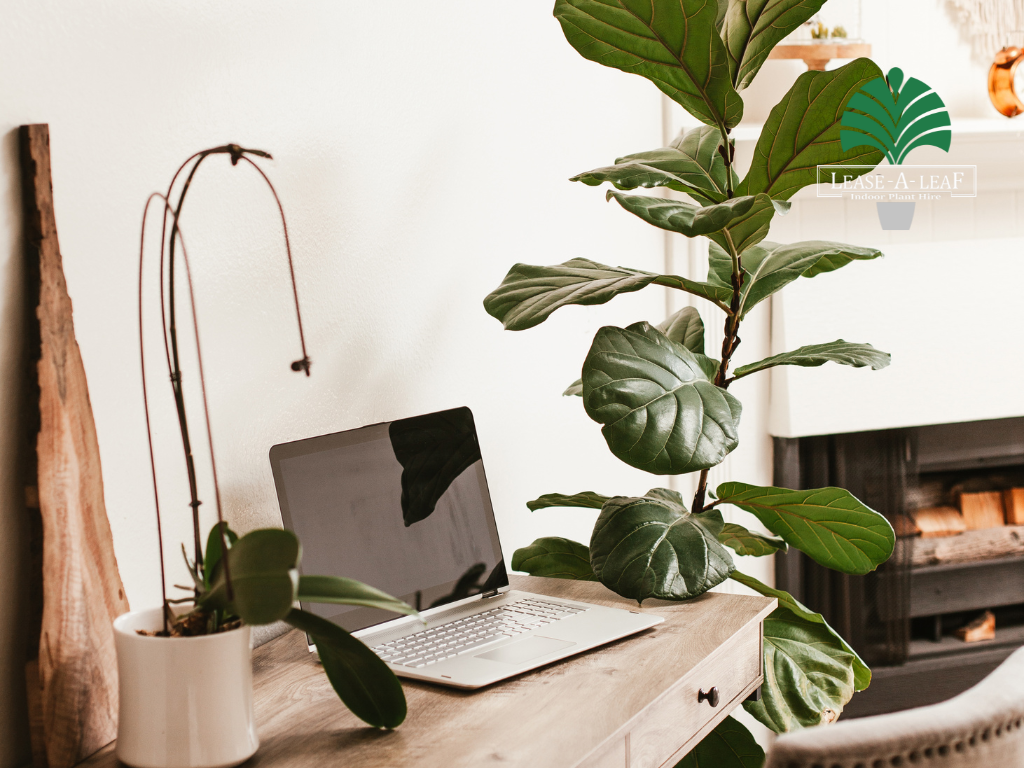
What to Do in Case of Accidental Ingestion
If a non-toxic plant is accidentally ingested:
- Stay Calm: Remember that non-toxic plants are generally safe, but it’s important to stay calm and assess the situation.
- Seek Information: Identify the plant ingested and confirm its non-toxicity.
- Consult a Professional: If there are any concerns, especially with pets or children, consult a healthcare professional or veterinarian as a precaution.
Handling Plant-Related Injuries or Reactions
In case of scratches, thorn pricks, or mild skin reactions:
- Clean the Area: Gently clean the affected area with soap and water.
- Monitor for Infection: Watch for signs of infection, such as redness or swelling.
- Seek Medical Attention if Needed: If the reaction worsens, seek medical attention.
Promoting a Healthy Office Environment with Plants

The Role of Plants in Enhancing Office Wellness
Plants play a significant role in creating a healthier office atmosphere. They not only improve air quality by filtering out pollutants and increasing oxygen levels but also contribute to psychological well-being. Studies have shown that the presence of plants in the office can reduce stress, boost creativity, and enhance employee morale.
The right selection of plants can transform the office environment into a more tranquil, pleasant, and productive space. For example, species like the Dracaena and Philodendron not only purify the air but also add a soothing aesthetic that can elevate the overall mood and ambience of the workspace.
Integrating Plants into Office Wellness Programs

Incorporating plant care and interaction into employee wellness initiatives can be both engaging and beneficial. One idea is to assign plant care responsibilities to teams, fostering a sense of collaboration and care for the living environment. Workshops on plant care and the benefits of greenery can educate employees about the importance of a green workspace.
Additionally, encouraging personal desk plants can give employees a sense of ownership and a personal connection to their workspace, further enhancing their wellbeing and connection to the office environment.
Conclusion
The integration of plants into the office is not just about aesthetic enhancement; it’s about creating a safer, healthier, and more welcoming environment. Choosing non-toxic plants is a fundamental step in ensuring the safety of all office occupants, including pets and children. This practice, combined with the right placement and maintenance, can significantly enhance the quality of the office space.

